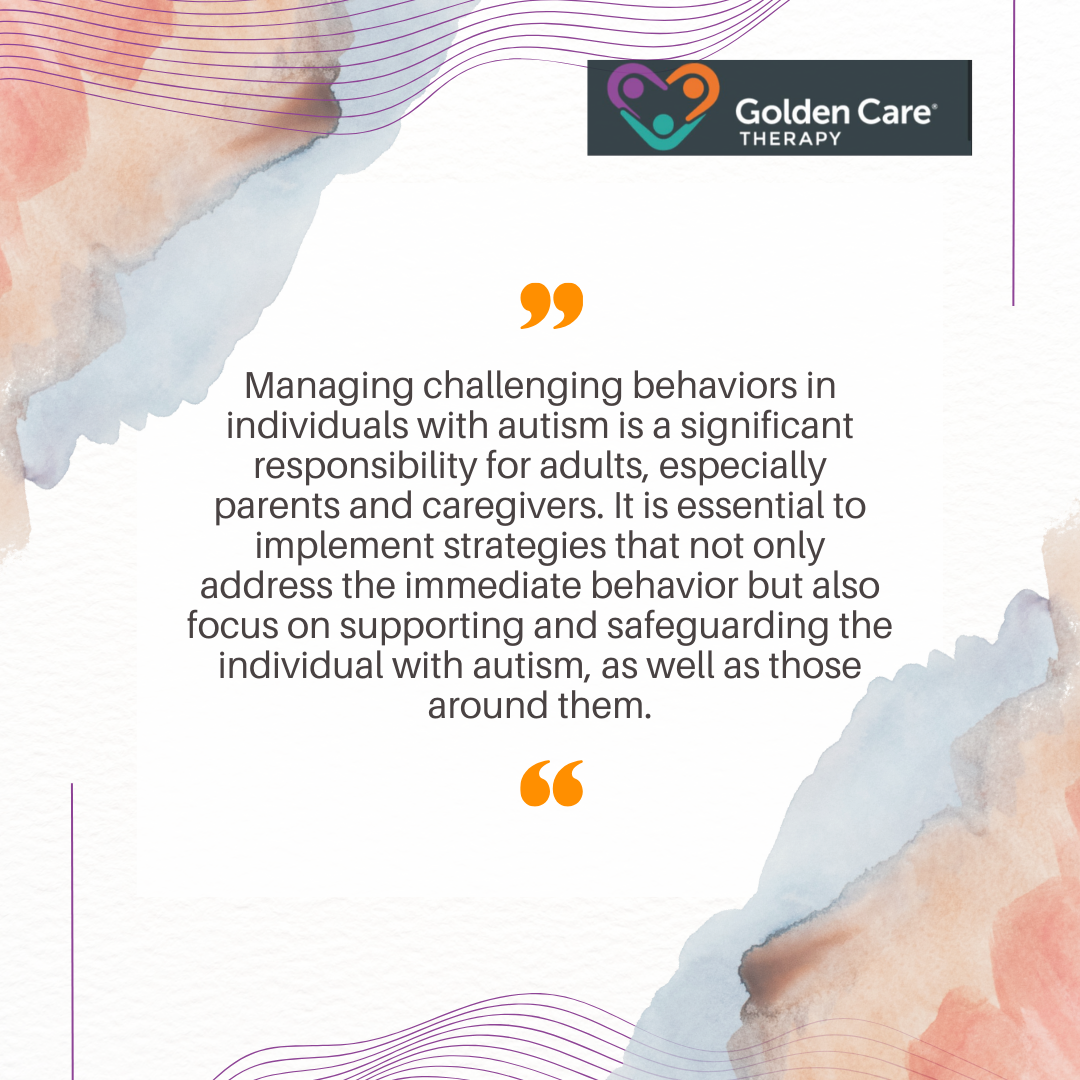
Table of Contents
Navigating social interactions can be challenging for anyone, but for those with autism, avoiding conflict often becomes a complex and deeply personal experience.
Understanding how autism influences this aspect of life reveals a lot about how people with autism approach disagreements and maintain harmony. Their strategies and responses to conflict are shaped by a unique blend of communication preferences, sensory sensitivities, and social understanding.
Let’s explore these dynamics so we can gain insight into how conflict avoidance manifests in the lives of autistic individuals.
How Autistic Individuals React to Conflict
Individuals with autism may exhibit a range of reactions when faced with conflict or uncomfortable situations. These reactions can include fighting, fawning, freezing, or fleeing. Each reaction carries its own set of consequences and can manifest differently in each individual.
Understanding these reactions is key to de-escalating conflicts and ensuring the safety and well-being of everyone involved.
Challenging Behaviors in Autism
Challenging behaviors in autism are often a manifestation of underlying issues or difficulties faced by individuals on the spectrum. It is important to note that when a child with autism displays challenging behavior, it is usually 10% due to the child’s actions and 90% influenced by how adults react to the situation.
This underscores the critical role that adult responses play in managing and mitigating challenging behaviors.

Recognizing the various reactions to conflict and understanding the challenging behaviors associated with autism helps parents, caregivers, and individuals involved in the care and support of those with autism navigate conflicts with grace and empathy.
Effective communication, patience, and a deep understanding of autism behaviors are key pillars in promoting understanding, acceptance, and positive outcomes in conflict resolution within the autism community.
Strategies for Conflict Avoidance
As individuals with autism may exhibit unique behaviors when faced with conflict, it is essential for parents, caregivers, and individuals interacting with them to employ effective strategies for conflict avoidance.
Understanding the importance of adult responses, utilizing non-verbal communication techniques, and implementing language simplification and visual support is key to navigating conflicts with grace.
Importance of Adult Responses
When conflicts arise, the responses of adults play a crucial role in de-escalating the situation. Different reactions to conflict, such as fighting, fawning, freezing, or fleeing, may trigger varied responses from individuals with autism.
It is imperative for adults to remain composed, patient, and empathetic in their interactions, as these responses can help diffuse tensions and promote a sense of safety and security.
Non-Verbal Communication Techniques
Non-verbal communication is a vital aspect of interactions with individuals on the autism spectrum. Autistic children may struggle to interpret non-verbal cues of frustration in adults, making it essential for caregivers to rely on clear and consistent non-verbal communication.
This includes using gestures, facial expressions, and body language to convey emotions and intentions effectively.

Language Simplification and Visual Support
For autistic individuals, language simplification and visual support strategies can significantly enhance communication and understanding. Simplifying language by using clear and concise instructions, avoiding ambiguous or abstract language, and breaking down information into manageable segments can help individuals with autism process information more effectively.
Visual supports, such as picture schedules, visual timers, and social stories, provide additional cues and structure that aid in comprehension and reduce anxiety during conflicts. These visual tools can serve as concrete references that guide individuals through challenging situations, offering a sense of predictability and security in the midst of conflict.
De-Escalation Techniques for Challenging Behaviors
To manage challenging behaviors in autistic individuals, parents and caregivers should employ certain effective de-escalation techniques as a means of promoting a safe and supportive environment.
Here are some strategies that can help diffuse conflicts and foster positive interactions:
Maintaining Calmness and Composure
When faced with challenging behaviors exhibited by autistic individuals, it is crucial for adults to remain composed and composed throughout the de-escalation process. Maintaining a calm demeanor can help instill a sense of security and stability in the individual, facilitating their ability to process information and make choices effectively.
Providing clear and simple verbal prompts, offering limited options, and utilizing visual aids to reinforce communication allow parents and caregivers to help autistic individuals comprehend emotions, behaviors, and expectations during tense situations.
Encouraging flexible thinking and problem-solving skills through a calm approach can enhance the individual’s ability to navigate conflicts constructively.
Utilizing Visual Aids
In interactions with individuals on the autism spectrum, non-verbal communication plays a significant role in establishing effective communication and preventing misunderstandings that can escalate conflicts.
Maintaining an appropriate physical distance, adopting a supportive posture, and adjusting the tone, volume, and pace of speech is vital in minimizing anxiety and defusing potentially confrontational situations.
Since autistic individuals may struggle to perceive non-verbal cues of distress or frustration, incorporating visual aids and employing explicit verbal communication can help in de-escalating conflicts.
Visual representations of choices and alternatives can assist individuals in processing information efficiently, enhancing their comprehension of expectations, emotions, and behaviors during challenging moments.

Explicit Verbal Communication
Explicit verbal communication is a fundamental component of successful conflict de-escalation when working with autistic individuals. By expressing thoughts clearly, providing structured choices, and using visual supports to reinforce decision-making, caregivers and educators can facilitate a better understanding of emotions, boundaries, and behavioral expectations among autistic individuals.
Maintaining an atmosphere of open communication and facilitating dialogue through straightforward language can help autistic individuals navigate conflicts with greater ease and clarity.
Understanding how autism influences conflict avoidance opens up a world of empathy and better communication. For individuals with autism, avoiding conflict isn’t just about shying away – it’s often about managing overwhelming emotions or navigating social nuances differently.
Embracing this understanding not only helps in creating more inclusive spaces but also strengthens our connections with those around us. If you’re seeking support and resources, consider reaching out to our ABA centers in New Jersey, New York, Georgia, and Indiana. For personalized assistance and more information, contact us at Golden Care Therapy today to explore how we can support your needs.
Sources:
- Autism and Feeling Empty: What’s the Connection? - September 19, 2024
- Addressing Autism and Anger Issues - September 19, 2024
- Embracing Autism and Self-Acceptance in Daily Life - September 19, 2024
